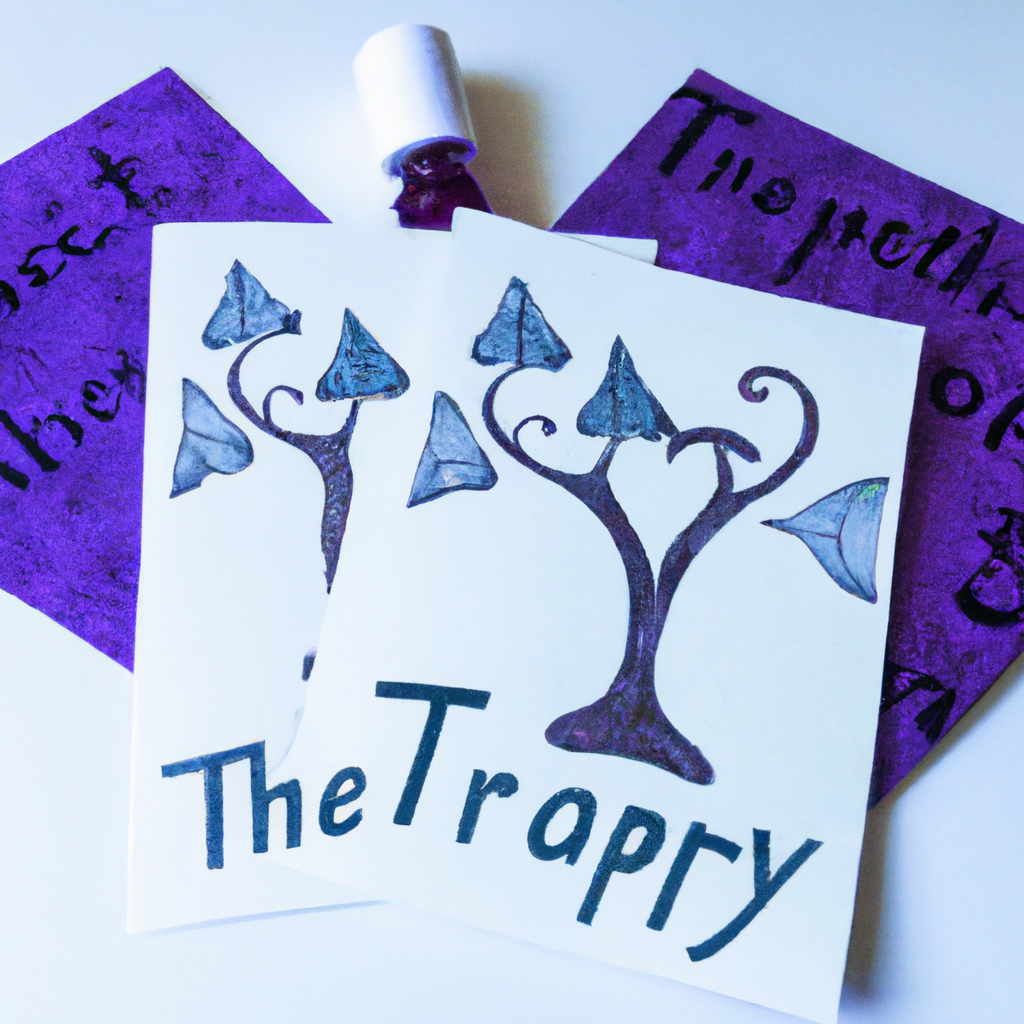Art Therapy: The Healing Power Of Art Post-Hurricane

Art Therapy: The Healing Power of Art Post-Hurricane
Introduction
Art therapy is a form of psychotherapy that uses creativity to help individuals express themselves and explore their emotions. Hurricanes can cause significant emotional distress, including anxiety, depression, and post-traumatic stress disorder (PTSD). Art therapy has proven to be an effective tool in the recovery process for those affected by hurricanes.
The Science of Art Therapy
The Benefits of Art Therapy
Art therapy has been found to have numerous benefits for people affected by natural disasters like hurricanes. Studies have shown that it can reduce anxiety, depression, and PTSD symptoms. It can also increase self-esteem, promote relaxation, and provide a sense of control over one's emotions.
How Art Therapy Works
Art therapy works by engaging the creative side of the brain. Creating art stimulates the imagination and helps individuals communicate their emotions in a nonverbal way. This can be especially helpful for those who struggle to express themselves verbally or who find it difficult to talk about their experiences.
The Role of the Art Therapist
Art therapists are trained professionals who understand the healing power of art and how it can be used to help individuals deal with emotional trauma. They work with clients to identify their goals and develop a personalized plan of action. Sessions may include drawing, painting, sculpture, and other forms of creative expression.
The Power of Art Post-Hurricane
Expressing Emotions through Art
Creating art can be a cathartic experience for those affected by hurricanes. It allows individuals to express their emotions in a safe and non-judgmental environment. Art can also help individuals gain a deeper understanding of their emotions and how they are related to their experience of the hurricane.
Processing Trauma through Art
Art therapy can help individuals process traumatic experiences related to hurricanes. For example, creating a collage of images related to the hurricane can help individuals work through their feelings of helplessness or loss. Art can also be used to explore feelings of guilt, anger, or other complex emotions related to the hurricane.
Rebuilding Hope through Art
Creating art can provide a sense of hope and empowerment for those affected by hurricanes. It allows individuals to focus on the present moment and engage in a meaningful activity. Art can also be used to create a sense of community and connection with others who have experienced similar losses related to the hurricane.
Art Therapy Techniques for Hurricane Recovery
Mandala Drawing
Mandala drawing involves creating a circular design that represents wholeness and balance. This technique can be helpful for those who have experienced a loss of control or a sense of imbalance as a result of the hurricane. Mandala drawing can also be a meditative practice that promotes relaxation and mindfulness.
Collage Making
Creating a collage of images related to the hurricane can help individuals work through their emotions and gain a deeper understanding of their experience. Collage making can also be a fun and engaging way to connect with others who have been affected by the hurricane.
Sculpture Making
Sculpture making involves creating three-dimensional forms using materials like clay or paper mache. This technique can be helpful for those who struggle to express themselves verbally or who find it difficult to talk about their emotions. Sculpture making can also be a tactile and sensory experience that promotes relaxation and self-awareness.
Frequently Asked Questions
-
Is art therapy covered by insurance?
Insurance coverage for art therapy varies depending on the provider and the individual's policy. It is best to check with your insurance company to find out if art therapy is covered.
-
How long does art therapy take?
The length of art therapy depends on the individual and their goals. Some people may benefit from a few sessions, while others may require ongoing support.
-
Do I need to be artistic to participate in art therapy?
No, artistic ability is not required for participating in art therapy. The focus is on the process of creating, rather than the artistic outcome.
-
Can children participate in art therapy?
Yes, art therapy can be beneficial for children who have been affected by hurricanes. Art therapy can be adapted to meet the developmental needs of children.
-
Is art therapy a substitute for traditional therapy?
No, art therapy is not a substitute for traditional therapy. It is a complementary form of therapy that can be used in conjunction with other forms of treatment.
Conclusion
Art therapy has proven to be a valuable tool in the recovery process for those affected by hurricanes. Creating art can provide a safe and non-judgmental space for individuals to express their emotions and gain a deeper understanding of their experience. Art therapy techniques like mandala drawing, collage making, and sculpture making can be used to help individuals process traumatic experiences, rebuild hope, and promote self-awareness. If you or someone you know has been affected by a hurricane, consider exploring the healing power of art therapy.
Additionally, if you have any questions or comments, please feel free to share them in the comments section below. We would love to hear from you and continue the conversation surrounding hurricane recovery. Thank you for your time and attention.

Deja una respuesta